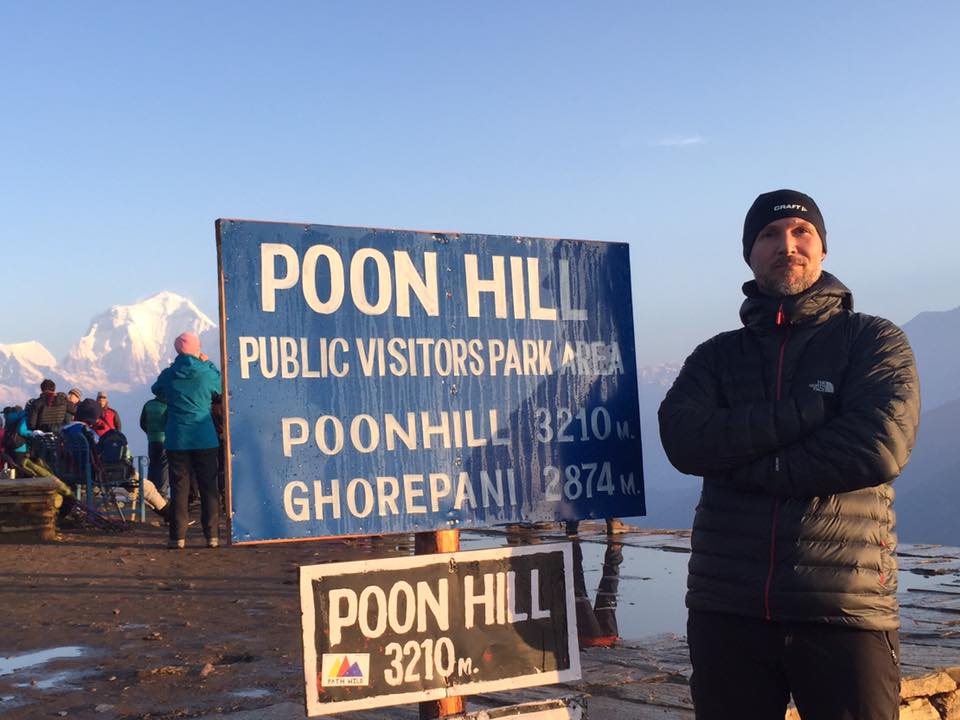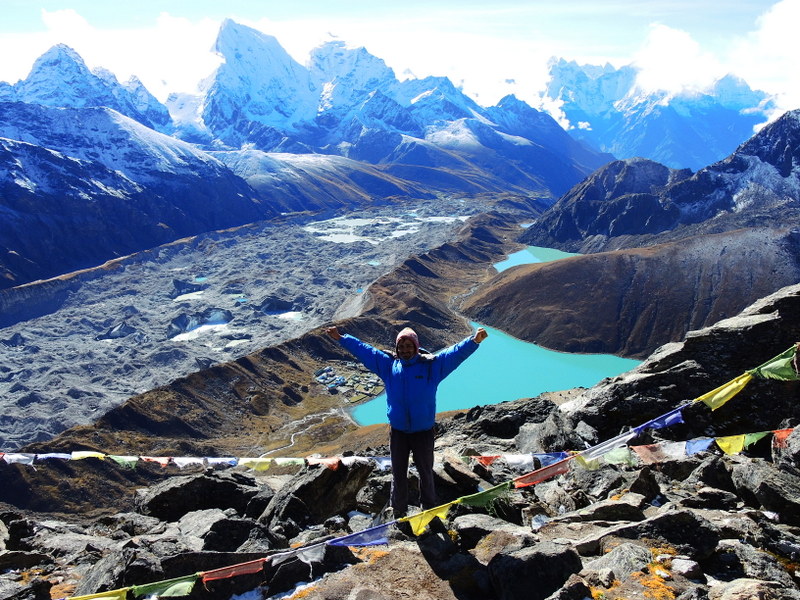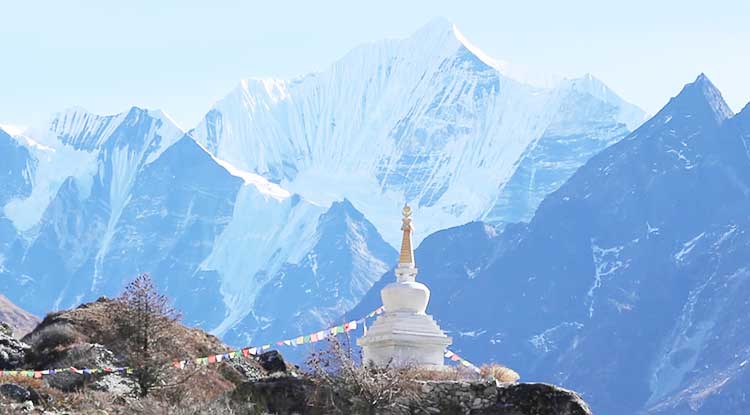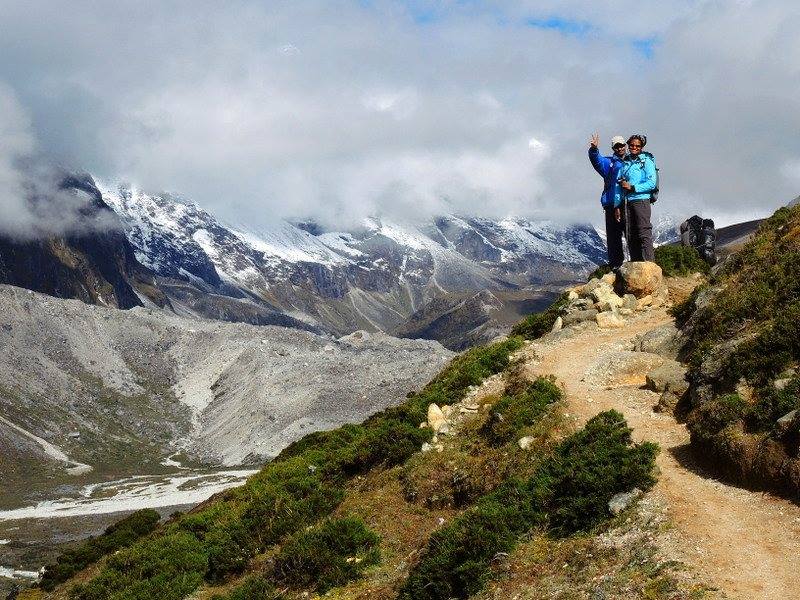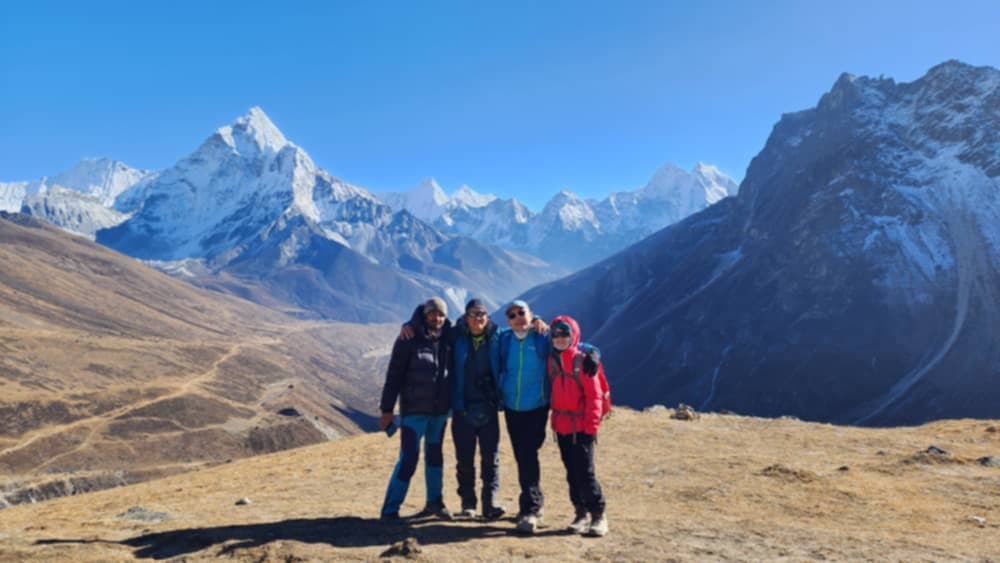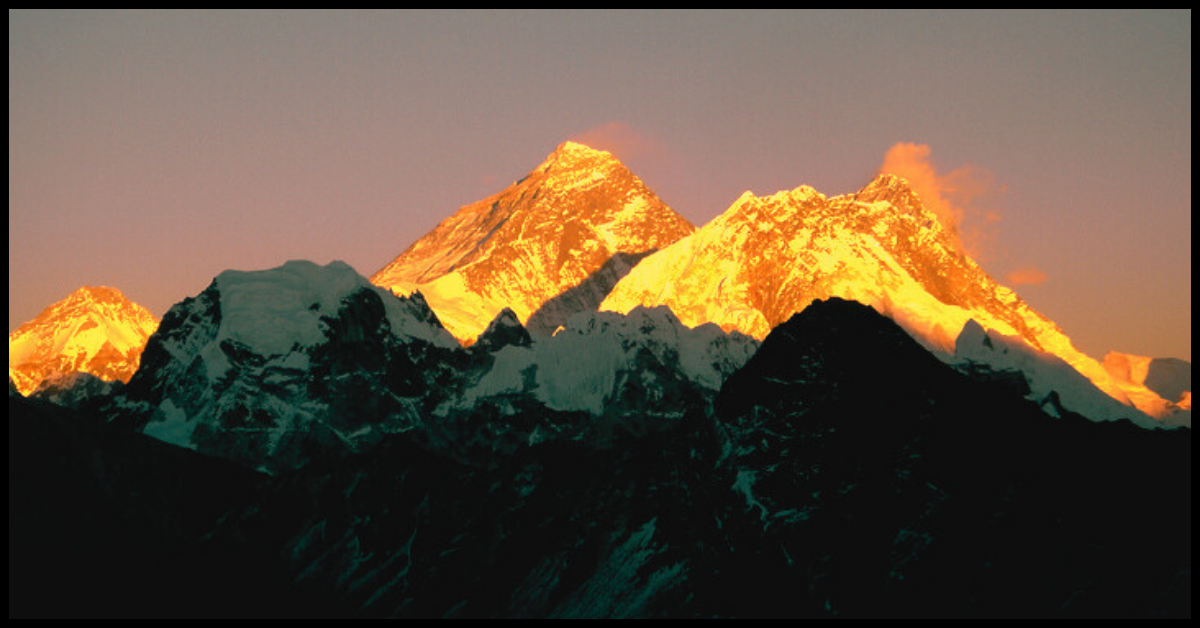Tour Description
Trekking the Annapurna Circuit is a quick but rewarding way to experience the breathtaking scenery and rich cultural heritage of Nepal's Annapurna region. The trail immediately immerses you in the verdant subtropical forests of the lower foothills after leaving from the bustling city of Pokhara, which serves as a gateway to the Himalayas. Tall rhododendron trees shade small paths that meander through terraced rice and millet fields here, cared for by local farmers whose livelihoods are inextricably linked to the land they farm.
The trail changes dramatically as it progressively climbs, passing through quaint villages like Chamje and Besisahar. A glimpse into centuries-old cultures and lifestyles can be had from the traditional Gurung and Thakali settlements scattered along the route. The stone houses are adorned with prayer flags that flutter in the mountain breeze. Trekkers are fueled by the friendly hospitality of the locals and filling meals of dal bhat, or rice and lentils, as they ascend deeper into the alpine zone.
Above Dharapani, the terrain spreads out into mountain pastures where yak herders guide their cattle to graze in front of towering peaks. The trail offers views of famous Himalayan giants like Manaslu and Lamjung Himal as it meanders through pine forests and crosses glacial rivers. Trekkers are prepared for the challenges ahead, including the 5,416-meter Thorong La Pass, by acclimatization stops in places like Chame and Pisang.
An important turning point in the short Annapurna Circuit hike is passing through Thorong La Pass. Trekkers must negotiate narrow, rocky paths and decreasing air pressure during the strenuous physical and mental ascent to the pass. The unmatched panoramic views of Dhaulagiri, the Mustang region to the north, and the Annapurna Massif, however, make the effort worthwhile. The sense of accomplishment experienced upon arriving at the pass adorned with prayer flags is enhanced by the companionship amongst trekkers who have successfully completed the same challenge.
After descending from Thorong La, the scenery shifts once more. The Mustang region's windswept, dry landscape appears, like a high-altitude desert broken up by Buddhist monasteries and abandoned villages. Villages such as Kagbeni, with their whitewashed houses and narrow alleys leading to ancient prayer wheels and chortens, provide an insight into the Tibetan influence on the region's culture. The calm of the Mustang Valley offers a gentle contrast to the roughness of the high passes, especially when viewed against the backdrop of the Nilgiri and Tilicho peaks.
As the trek comes to an end in Jomsom, hikers have the opportunity to contemplate the incredible journey they have completed in a comparatively short amount of time. Showcasing the best of Nepal's natural beauty and cultural diversity, the shorter Annapurna Circuit trek, usually completed in about 12 days, distills the highlights of the longer circuit into a manageable adventure. This trek leaves a lasting impression on everyone who undertakes it, making it a truly unforgettable Himalayan experience—whether it's the difficulty of high mountain passes, the friendliness of the locals, or the breathtaking views at every turn.
Best time to visit
All seasons are equally suitable for Annapurna circuit trekking, but the spring season of March to May when days are longer with much sunlight hours from early 6am to till ate 6pm which helps to cover much more distance each day to designated overnight stops. Annapurna circuit trekking offers you to explore incredible wild flowers in season especially rhododendron plants (known as Azalea), the view of colorful hills, fresh and pleasant environment.
People and Culture
People from various cultures coexisted peacefully in Nepal, a multiethnic nation. Thus, the majority of the Gurung and Magar people—known for their Gurkha regiment—live in this area. In addition, mongoloid Himalayan people can be seen in the Himalayas, and in lower elevations, chhetris. However, since so many people hike there each year, there's no denying that the Annapurna circuit trek offers the best scenery.
Permits required for Annapurna circuit trek
Put simply, the Annapurna Circuit Trek falls under the Annapurna Conservation Area Project (ACAP), and the entire range known as the Himalayas in Nepal is a protected area. Every hiker heading up Annapurna requires two separate permits.
1. Permits for the Annapurna Conservation Area Project (ACAP).
2. Permits for the Trekkers Information Management System (TIMS).
Altitude Sickness
Altitude sickness typically happens when you ascend to a high altitude too quickly. At high altitudes, your body tries to adapt to the lower oxygen levels and lower air pressure, which can cause symptoms like fatigue, headaches, and nausea. Here are a few strategies to help you avoid experiencing altitude sickness.
Take a break and relax where you are.
Do not increase the elevation for at least 48 to 72 hours.
Ensure that you are consuming adequate water. Don't exercise, consume alcohol, or smoke.
Eating and drinking a diet high in carbohydrates, such as bread, pasta, fruits, milk, rice, and so on.
Travel Insurance
It is necessary to have travel insurance for any trek in Nepal, including the Annapurna circuit. Make sure your travel insurance covers unexpected emergencies and trekking at high altitudes when you purchase it. Furthermore, coverage of other activities such as hiking, mountaineering, and adventure sports can be obtained. It can provide you with financial security and comfort in the event of an unplanned mishap.
Guide and Porter
It is mandatory for all hikers to hire a certified trekking guide and obtain a TIMS card from approved trekking agencies that are registered with the Nepalese government. Crucially, Nepal Holiday Treks and Tours Pvt. Ltd. is a trustworthy business that can offer you a porter and guide who is both technically sound and safe. They always have the necessary supplies, first aid kits, and safety equipment on hand.
Foods and Accommodations
A staple dish of Nepali cuisine is dal bhat, a curry made with organic, healthful fresh green vegetables. Meals are served at tea shops and lodges; they are typically a combination of western and Nepalese cuisine. Vegetarian options are also available. Throughout the hike, you will savor a wide variety of delectable foods.
The lodging is simple, usually consisting of a shared room with twin beds. Some tea houses may have common areas where you can relax and chat with other hikers.


